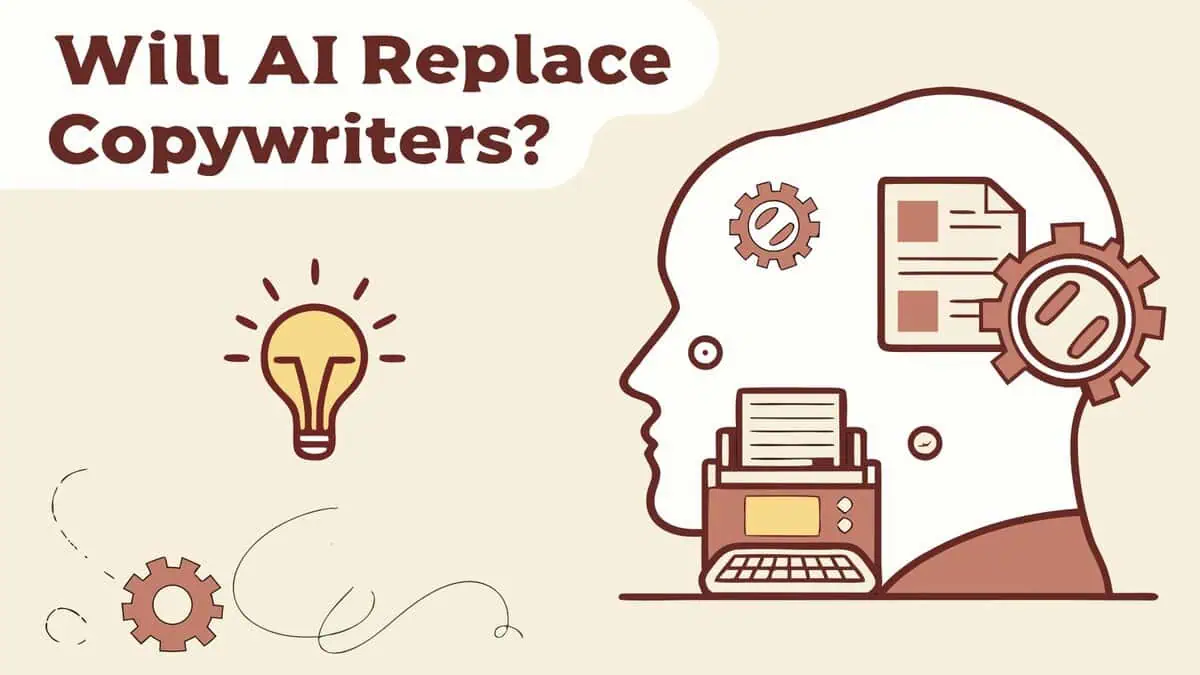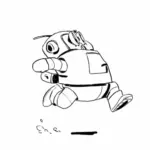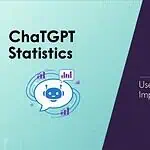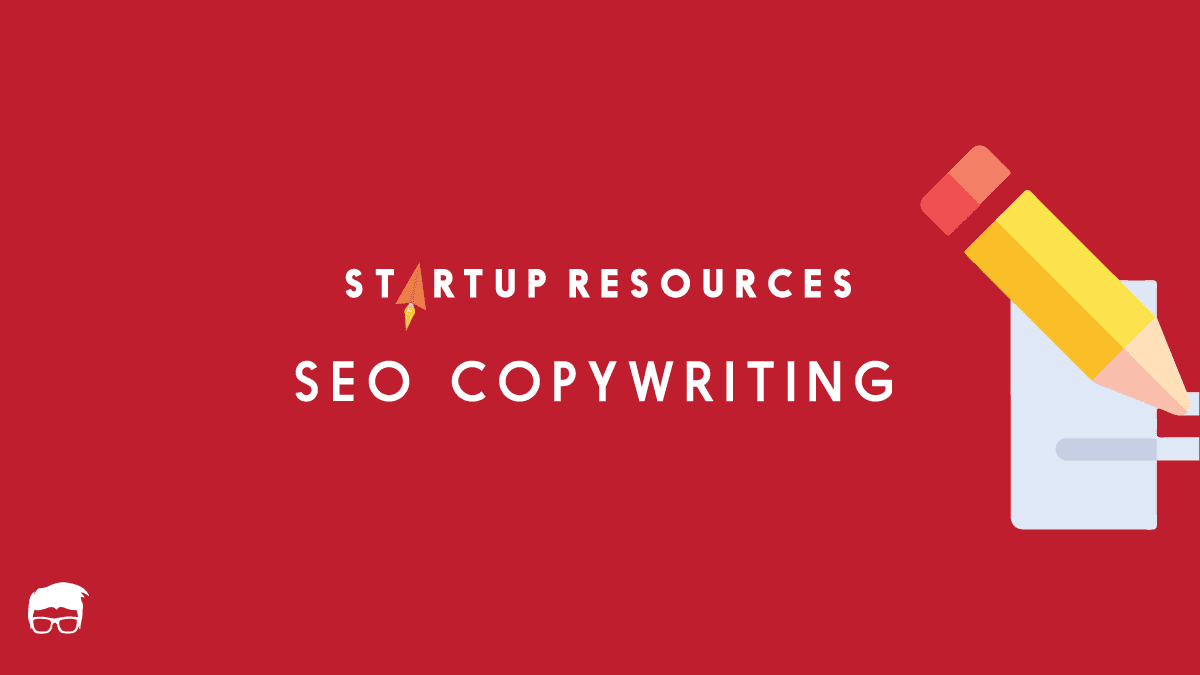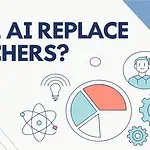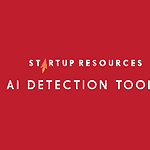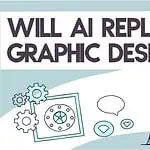You’ve probably used ChatGPT to write something by now. Maybe just to test it out. Maybe for actual work.
And if you’re a copywriter, you probably had that moment where you read what it generated and thought, “Okay, this is… actually pretty good.”
They’re getting better, aren’t they? Every few months there’s a new model, a new tool, another headline about AI writing entire campaigns. It’s hard not to wonder where this is all heading.
But here’s what’s interesting: while everyone’s been obsessing over whether AI will replace copywriters, the actual data has been quietly telling a very different story. The patterns emerging from job markets, salary trends, and industry growth don’t match the narrative you’re hearing online.
So let’s look at what’s really happening.
Copywriting Is Actually Growing
While everyone’s talking about AI replacing copywriters, the actual market data tells a completely different story.
The global copywriting services market was valued at $25.29 billion in 2024. That’s not a small niche, it’s a massive industry. But here’s where it gets interesting: this market isn’t just holding steady. It’s projected to nearly double, reaching $47-49 billion by 2032, with a compound annual growth rate of 7.6%.
What does this mean for you? Simple. While people debate whether AI will kill copywriting, businesses are actually spending more money on copywriting services than ever before.
The job market backs this up too. A quick search on Indeed shows over 1,200 active copywriting positions in the U.S. alone as of early 2025. These aren’t just “content creator” roles either, we’re talking about legitimate copywriting positions with real salaries.
How AI Is Being Used in Copywriting
Here’s what’s actually happening in copywriting agencies right now: industry professionals report that about 34% of marketers now use AI for copywriting tasks. But before you panic, let’s talk about what this really means.
The thing is, these agencies aren’t firing their copywriters and replacing them with ChatGPT. Instead, they’re integrating AI tools like Jasper, Copy.ai, and HubSpot’s content assistant into their existing workflows. What you’re seeing is a shift in how work gets divided up.
Here’s the pattern that’s emerging: AI handles the routine stuff like product descriptions, email sequences, social media captions, and basic sales pages. Meanwhile, human copywriters focus on the complex campaigns that require strategic thinking, brand voice development, and creative problem-solving.
One experienced copywriter put it perfectly: “AI has freed experienced copywriters from grunt work like emails and sales pages.” This isn’t about replacement, it’s about elevation.
The most successful agencies you’ll find are running hybrid operations. They use AI to generate first drafts and handle volume work, then have their human copywriters refine, strategise, and handle client relationships. This approach lets them take on more clients without hiring proportionally more staff.
What this means for you depends on where you sit in the industry. If you’re doing basic, templated copy work, yes, you’ll need to adapt. But if you can think strategically, understand brand positioning, or manage complex campaigns, you’re actually in higher demand than before.
The agencies making this work aren’t just throwing AI at everything. They’re being strategic about where it fits. AI generates options, humans make decisions. AI handles scale, humans handle nuance. It’s collaboration, not competition.
What Working Copywriters Actually Think
You might expect copywriting forums to be full of panic about AI taking over. But if you look at copywriter perspectives on AI you’ll find a surprisingly nuanced conversation happening.
One seasoned professional puts it bluntly: “If you truly are a professional copywriter, then you don’t believe that AI is going to be any sort of threat.” That’s not blind confidence talking, it’s experience recognising what AI can and can’t do.
But here’s where it gets interesting. The responses split pretty clearly along experience lines. Veterans with established client relationships and strategic skills aren’t losing sleep. They’re seeing AI as another tool in their toolkit, similar to how they adapted to email marketing platforms or social media scheduling tools.
Junior writers tell a different story. They’re reporting increased competition for entry-level gigs and pressure to work faster. One newer copywriter shared: “Clients are expecting more output for less money because they think AI makes everything instant.”
What’s fascinating is how many pros are actually grateful for this shift. They’re saying AI is pushing the industry toward higher-value work. Instead of churning out basic product descriptions, they’re focusing on brand strategy, customer research, and complex campaign development.
The recurring theme? Adaptation over anxiety. Copywriters are learning to use AI for research, first drafts, and brainstorming while positioning themselves as the strategic minds who know what questions to ask and how to refine the output.
One comment that stuck out: “My clients don’t want AI copy—they want copy that converts. If I can use AI to get there faster and deliver better results, everyone wins.”
The divide isn’t really about AI replacing copywriters. It’s about which copywriters are willing to evolve their role from word-generators to strategic partners. Those making the shift report stronger client relationships and better rates than ever.
The Experience Divide: Why Junior and Senior Copywriters Face Different Realities
Senior copywriters with 10+ years under their belts are sitting pretty. They’ve got proven conversion records, deep client relationships, and strategic thinking that AI copywriting tools simply can’t replicate. Their phones keep ringing.
Junior writers? That’s a different story entirely. You’re witnessing what researchers call “the experience gap” – and it’s widening fast. Companies testing AI solutions naturally start with their most replaceable positions. Entry-level copywriters become the testing ground for “Can our AI tool handle this?”
The reality is stark in discussions about copywriting’s future, where veterans share stories of increased demand while newcomers struggle to land that first role. But here’s where it gets interesting – the barrier isn’t impenetrable.
Smart junior writers are carving out specialised paths. B2B SaaS companies still desperately need writers who understand complex technical concepts. Brand strategy requires nuanced thinking about human psychology. Direct response copywriting demands an understanding of consumer behaviour that goes deeper than pattern matching.
The key isn’t competing on price or basic blog posts anymore. It’s about positioning yourself where AI falls short – in specialised knowledge, industry expertise, and strategic thinking. Companies will pay premium rates for junior writers who can speak their specific language, even in an AI-saturated market.
The AI-Proof Copywriting Niches
Here’s what you need to know about positioning yourself in the AI era: certain copywriting specialisations remain untouchable by artificial intelligence. These aren’t just marketing trends, they’re areas where human insight directly translates to measurable results that AI simply can’t replicate.
- Direct response and conversion copywriting. AI can write a sales page, but can it understand why one headline converts at 8% while another barely hits 2%? The psychology behind purchase decisions runs deeper than pattern recognition. You’re dealing with emotional triggers, cultural nuances, and behavioural subtleties that require human experience to decode.
- B2B SaaS copywriting presents another fortress against AI disruption. These aren’t just technical descriptions; they’re complex value propositions that need to translate enterprise pain points into compelling narratives. When you’re explaining how a workflow automation tool saves 47 hours per month for operations managers, you need someone who understands both the technical mechanics and the human frustrations behind the need.
- Brand voice strategy and positioning remain purely human territory. AI might mimic a tone, but developing an authentic brand personality? That requires understanding market positioning, competitive differentiation, and the subtle ways a brand needs to sound different from its competitors while remaining true to its values.
- Then there’s long-form sales copy and funnel development—the kind that takes prospects on a journey from problem awareness to purchase decision. This isn’t about writing; it’s about psychology, timing, and strategic narrative construction that copywriter job security strategies consistently highlight as irreplaceable human skills.
But here’s where it gets interesting. The highest-paying opportunities aren’t in the writing itself; they’re in what happens around it. AI management, quality control, marketing strategy, and target audience understanding command premium rates because they require the kind of strategic thinking that AI can’t execute.
AI can draft these pieces, sure. But the difference between a draft and copy that converts lies in human oversight, testing insights, and the ability to connect emotional dots that algorithms miss entirely.
What’s Really Happening to Copywriter Salaries
Recent data shows freelance copywriters average around $31 per hour, with most writers earning between $24-67 per hour. But here’s what those averages don’t tell you: experienced copywriters are commanding $100+ per hour, while project-based work for strategic campaigns can range from $3,000 to $10,000 or more, depending on specialisation and results.
The thing is, commodity copy, those basic product descriptions and simple blog posts, have taken a hit. AI can churn out serviceable versions for pennies, which has compressed rates at the lower end. But strategic copy? That’s actually seeing rate increases.
What this means practically is that you’re seeing two distinct markets emerge. Writers who position themselves as order-takers for simple tasks are feeling the squeeze. Meanwhile, those who’ve built expertise in conversion optimisation, brand strategy, or complex B2B messaging are finding clients more willing than ever to pay premium rates.
The total market size supports this shift. We’re looking at growth from $25.29 billion to potentially $47-49 billion, but that growth is concentrated in higher-complexity services. You’re not just seeing more demand—you’re seeing demand for better, more strategic work.
The Skills AI Can’t Touch (Yet)
Here’s what you need to know: AI excels at pattern recognition, but it struggles when the patterns don’t exist yet.
Take brand voice development. AI can mimic a tone once it’s established, but creating that voice from scratch? That requires understanding how a founder’s personality translates into market positioning, how company values should sound different from competitors, and how to evolve that voice as the business grows. You’re not just matching existing content – you’re creating something entirely new.
The same goes for strategic frameworks. When a SaaS startup asks you to position their product against established competitors, AI might suggest generic differentiation tactics. But you? You dig into their specific business model, understand their customer acquisition costs, and create messaging that actually drives qualified leads rather than just engagement.
What’s interesting here is how audience psychology research plays out. AI can analyse demographics and behavioural data, but it can’t conduct the kind of deep interviews that reveal why someone hesitates before clicking “buy.” You’re the one asking follow-up questions, reading between the lines, and spotting the emotional triggers that data doesn’t capture.
Then there’s the regulatory maze. Writing for healthcare, finance, or legal industries isn’t just about compliance – it’s about knowing which claims you can make, how to structure disclosures, and when to push boundaries versus playing it safe. AI doesn’t understand the difference between legally permissible and strategically wise.
But here’s where it gets really interesting: AI needs complete inputs to work well. When a client gives you a vague brief or contradictory requirements, that’s where your problem-solving skills shine. You’re asking the right questions, identifying what they actually need versus what they think they want, and building a strategy from incomplete information.
Plus, there’s the relationship factor. Clients don’t just buy copy – they buy confidence that you understand their business well enough to make strategic recommendations about messaging and positioning.
Where AI Is Taking Over
Let’s be honest about something. AI isn’t just changing copywriting; it’s genuinely replacing certain types of work. And if you’re pretending otherwise, you’re not helping anyone prepare for what’s actually happening.
The clearest displacement? Basic product descriptions at scale. E-commerce sites that once hired writers to create hundreds of product listings now use AI tools to pump out functional copy in minutes. That $25-per-description gig writing “comfortable cotton t-shirt with classic fit” variations? Yeah, that’s mostly gone.
Small businesses are making the same calculation. Instead of hiring a junior copywriter at $15-30 per hour for routine email sequences or simple web page copy, they’re paying $50-300 monthly for AI tools that handle the basics. The math is brutal but simple.
You’re seeing this shift most clearly in agencies. They’re not eliminating copy roles entirely, but they are reducing headcount for junior positions. What used to require three junior writers now needs one editor overseeing AI output. The work gets done, but fewer people do it.
Here’s what you need to understand, though—this is consolidation, not elimination. Those agencies still need copy professionals. They just need them at higher skill levels. The junior writer who would have spent months writing basic social media posts is now expected to jump straight into strategy and optimisation.
The real challenge isn’t that copywriting is disappearing. It’s that the traditional entry path is narrowing. New writers can’t ease into the profession with simple assignments anymore. You either bring strategic value from day one, or you’re competing with software that costs less than a decent lunch.
What Employers Want Now
Companies aren’t just hiring “copywriters” anymore. They want “copywriter-strategists” or “marketing copywriters with conversion expertise.”
Most employers now expect you to be AI-fluent. That doesn’t mean replacing your writing with ChatGPT. It means knowing how to critique AI output, spot its weaknesses, and manage AI workflows efficiently. You’re the quality control specialist who can tell when AI-generated copy misses the mark on brand voice or customer psychology.
They’re looking for writers who grasp funnel psychology, A/B testing principles, and customer journey mapping. Modern job listings emphasise creating “research-backed content that drives conversions” rather than just compelling writing.
Your portfolio requirements have shifted too. Employers want to see conversion results, not just writing samples. They’re asking for case studies showing how your copy improved email open rates, landing page conversions, or sales performance. The question isn’t “Can you write well?” but “Can your writing move business metrics?”
What’s really happening is a consolidation of roles. Companies are hiring fewer pure writers and more strategic communicators who can wear multiple hats. You might handle copy, oversee AI content generation, analyse performance data, and contribute to broader marketing strategy – all in one position.
The market is rewarding copywriters who can think like marketers and execute like strategists. That’s where the opportunity lies if you’re willing to develop beyond just writing skills.
The Verdict: Will AI Replace Copywriters?
Yes, AI will and already has replaced a lot of aspects of copywriting, but it will not replace copywriters completely. At least not by 2028.
The evidence points to evolution, not elimination. While the copywriting market grows from $25.29 billion to a projected $47-49 billion by 2032, what’s changing isn’t demand for copywriting but what copywriting means.
Here’s what you can expect by 2028:
- The work reshapes itself. Entry-level, template-driven copy becomes AI territory. Strategic copywriting – the kind that understands psychology, brand positioning, and conversion optimisation – remains firmly human. You’ll see fewer “write 50 product descriptions” gigs and more “develop our entire content strategy” projects.
- Copywriters become copywriter-strategists. The profession merges with marketing strategy roles. You’re not just writing anymore – you’re analysing data, understanding customer journeys, and directing AI tools to execute your vision. Think less word processor, more creative director.
- Pay polarises. Commodity copy rates compress as AI handles basic tasks. But specialised work commands premium rates. A conversion copywriter who understands behavioural psychology and can prove ROI? They’re worth more in 2028 than today.
- AI becomes your assistant, not your replacement. Just like graphic designers didn’t disappear when Photoshop arrived – they became more efficient and took on bigger projects. Smart copywriters are already using AI for research, first drafts, and ideation while focusing their human skills on strategy, creativity, and results.
The copywriters who thrive through 2028 understand this shift. They’re learning data analysis, mastering AI tools, and positioning themselves as strategic partners rather than order-takers. They’re building expertise in areas where human insight creates measurable business impact.
The question isn’t whether you’ll have work as a copywriter. It’s whether you’ll adapt to do work that matters more than ever.
A startup consultant, digital marketer, traveller, and philomath. Aashish has worked with over 20 startups and successfully helped them ideate, raise money, and succeed. When not working, he can be found hiking, camping, and stargazing.
